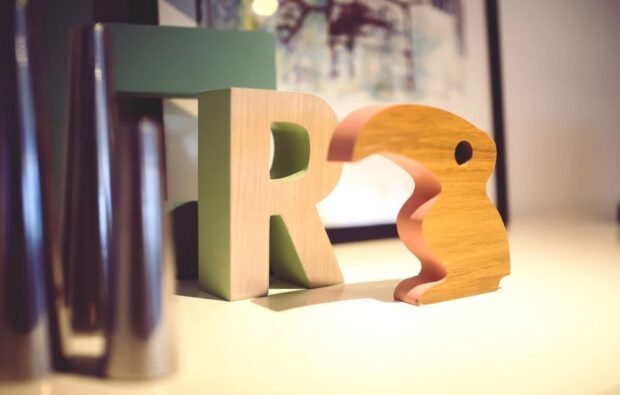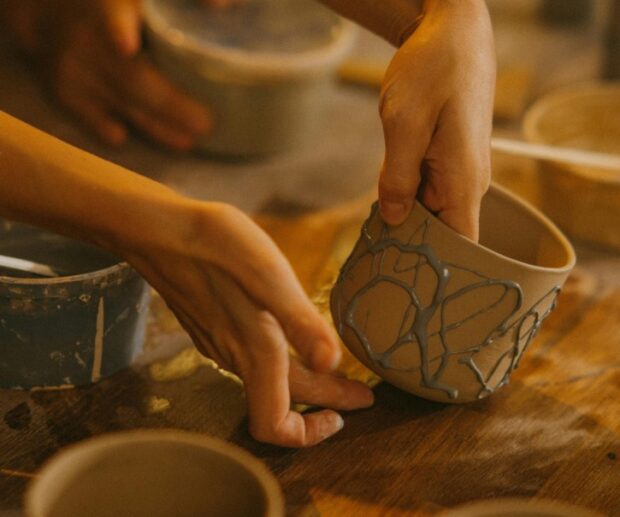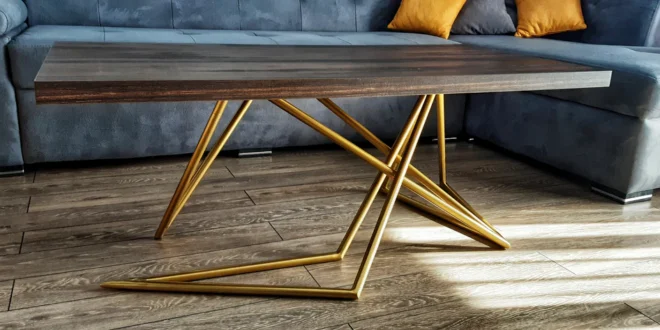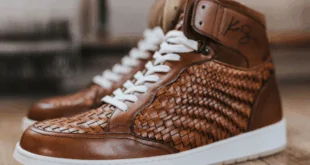What makes a piece of art truly special? Is that the price, or the care and talent that contributed to making the final piece? How the high-end art maintains its value over the years? For many collectors, factors like beauty, prestige, and surely the personal connection hold the most value.
Personalized high-end art is a process of choosing the material, shape, and technologies used to make the piece. These factors reflect individual stories, tastes, and emotions.
Personalization in art is more than a passing trend since it is a determining feature of the luxury market. This article explores how personalization evolves these days, why it resonates with people, and how it’s shaping the future of high-end art.
The Evolution of Personalized Art

Having something unique and personalized by your taste is a sign of dedication to art, as well as metals and other materials, creating something that lasts.
The beginnings of high-end metal art date back to ancient history, starting with primitive basic tools, to advanced weapons and metal items that last. Throughout modern history, personalized art was reserved for the royals mostly, creating jewelry and other heritage items that today’s royals still own.
In the 20th century, personalization moved beyond kings and queens. Artists like Andy Warhol began creating tailored works for private clients, and modernist designers added personal touches to functional art like furniture or functional interior elements. This marked a shift toward art as a personalized luxury asset accessible to more people, beyond millionaires and royals.
Today, technology opens new possibilities for personalization. Artists can use AI to create customized designs or 3D printing to craft unique sculptures. Buyers can also have their input and ideas to get the item they want. These tools make it easier than ever to incorporate a client’s personal story or preferences into a piece of art.
The Psychology of Personalization
Personalization is not a new concept. It has existed for centuries but is more popular now. The reason is that we got so used to serial manufacturing, printing, and standardized production.
That’s why we learned how to appreciate the differences and reach out for something more unique and customized. So, these are the factors that satisfy our psychological need to value the different more than the equal things:
The Appeal of Uniqueness

The world is filled with mass-produced items, so owning something unique has a strong appeal. Personalized art allows people to stand out and express their individuality in a way that feels authentic. It starts with custom paint orders, tailored furniture, and other types of art personalized by the people themselves.
Emotional Connection
Custom art often holds a deep personal meaning inspired by the real-life events of the owner. A painting inspired by a family memory or a sculpture that reflects a personal journey is more than just the usual art at home. It’s more like an homage to the personal emotions and experiences that the personalized item reflects.
Social Status
There’s also a status element when personalizing some pieces of art according to your personal preferences. Personalized art signals exclusivity and taste, showing that the owner values originality and has the means to commission something special.
The Business of Personalized Art
These days, art is a part of the business sector the way other industries are. Many companies work with people to create personalized art that holds its value, providing a feeling of exclusivity and uniqueness to the owner. But why is it a business, and not just simply art?
The Artist’s Perspective
For artists, personalization brings both opportunities and challenges. On one hand, it opens many opportunities for creative collaborations and new ways to earn money.
On the other, it requires balancing their artistic vision with the client’s expectations, which can be complex, especially if the personalization doesn’t match their artistic vision.
The Collector’s Perspective

Collectors are drawn to personalized art because it reflects their identity and taste. These people feel proud to own something they appreciate, something modern and aesthetically pleasing. They’re not just buying a piece of art, but also commissioning to a story that resonates with them. This makes the purchase feel more meaningful, no matter the price.
The Market
The personalized art market is growing, with many companies supporting artists and art enthusiasts. From custom-designed installations to AI-generated digital art, collectors are increasingly willing to pay for pieces that feel tailor-made. This trend shows no signs of slowing down.
Our Opinion
Art is something that we indeed appreciate. We support each kind of art that makes people happy, as long as they’re ready to collaborate with artists and pay fairly for the assets they get. It’s a multi-layered industry that still grows, but roots deeply into the art and people relationships.
The Future of Personalized Art
As we can see, the future of personalized art is pretty bright, as it’s a huge trend that will likely become more and more sophisticated. New technologies largely contribute to the future of this kind of art. However, personalization also raises ethical questions.
For example, how much of the client’s personal story should be included in the art? And how can artists ensure their work remains authentic while meeting client demands? It’s an ongoing challenge, but it seems like good collaboration with defined conditions resolves all of the questions we may have.
Technology, on the other hand, will continue to play a major role. Blockchain, for instance, could help verify the authenticity of personalized pieces, while advancements in AI may allow for more detailed and creative customization.
Conclusion
Personalization is reshaping the world of high-end art, no matter if it’s a painting, metal sculpture, or a personal portrait. By creating pieces that reflect the collector’s identity and story, artists are turning luxury items into deeply personal treasures, which adds even more value to the piece, making it a heritage asset.
For those considering personalized art, now is the perfect time to explore this unique way of connecting with creativity. Whether commissioning a custom piece or supporting artists who specialize in personalization, it’s an opportunity to turn your home into something that’s truly one of a kind.
 Jewel Beat
Jewel Beat

